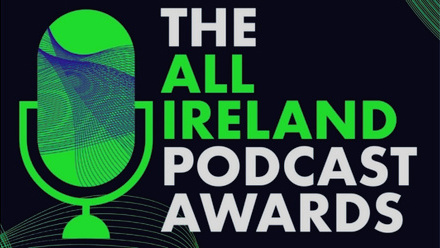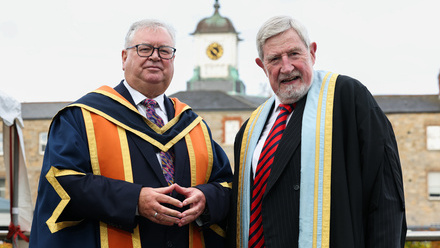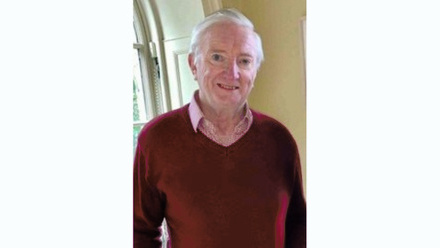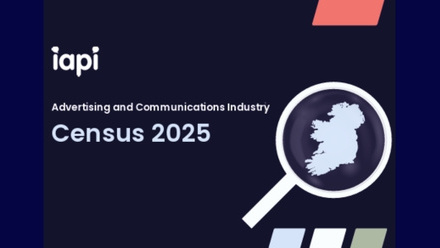Digital News Report 2025: Trust, AI, and the Fragmented Future of Journalism
Here are some key findings:
- Traditional news outlets are struggling to maintain relevance. Across most countries, engagement with mainstream media is falling, trust remains low, and digital subscriptions have plateaued. Only 58% (of those who took part in the survey) say they remain concerned about their ability to tell what is true from what is false when it comes to news online.
- However, trust in news in Ireland is relatively high compared to many other countries, though it has declined slightly in recent years.
- While 12% of Irish respondents use podcasts weekly for news, 47% of podcast listeners in Ireland said they are willing to pay for their favourite news podcasts, indicating a strong potential for monetisation.
- Ireland also showed moderate willingness to pay for online news, with The Irish Times and Mediahuis (Irish Independent) seeing growth in digital subscriptions.
- Audiences—especially younger ones—are shifting toward social media, YouTube, TikTok, and podcasts. This is weakening the influence of institutional journalism and fueling an (even more) fragmented media ecosystem.
- The report shows that a third of the responders use Facebook (36%) and YouTube (30%) for news each week. Instagram (19%) and WhatsApp (19%) are used by around a fifth, while TikTok (16%) remains ahead of X at 12%.
- Video continues to grow in importance as a source of news. Across all countries surveyed, the proportion consuming social video has grown from 52% in 2020 to 65% in 2025 and any video from 67% to 75%.
- Audiences in most countries remain sceptical about the use of AI in the news and are more comfortable with use cases where humans remain in the loop. Across countries, they expect that AI will make the news cheaper to make and more up-to-date, but less transparent, less accurate, and less trustworthy.
- Despite the noise, audiences still value accuracy. Trusted news brands with a track record for credibility remain important—even if they’re not the first source people turn to.
Click here to read the full report.






